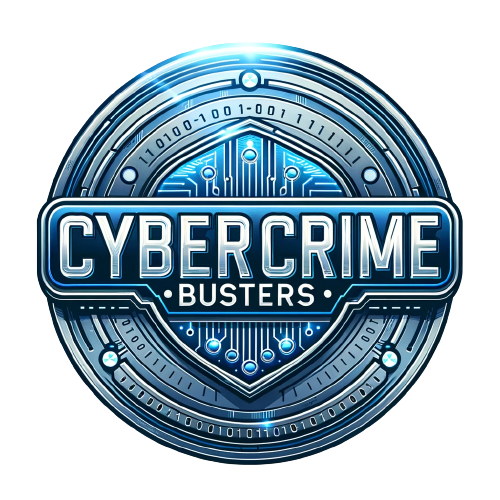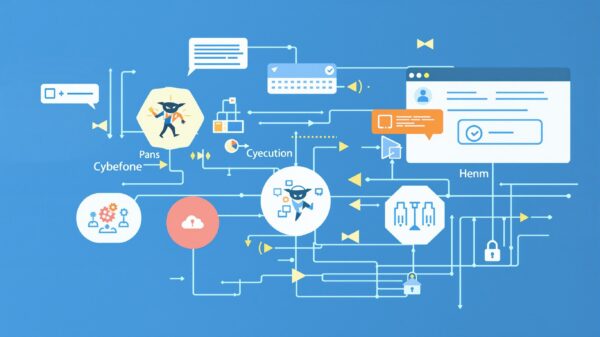In today’s world, creating strong and uncrackable passwords is no longer an option, but a necessity. We often underestimate the importance of a robust password until we face the harsh consequences of a security breach. This article aims to educate you about the intricacies of strong passwords, why they matter, and techniques to create them.
The Issue with Simple Passwords
A simple password might be easy to remember but it also makes it easier for cybercriminals to guess or hack into your account. Over the years, countless cases have surfaced where individuals and corporations experienced massive data breaches because of weak passwords. Hackers often use easy-to-guess passwords or employ advanced software that can swiftly break simple passwords. Don’t let your data be an easy target.
Understanding what Makes a Password Strong
A strong password is like a robust digital lock. It is designed in such a way to resist guesses, either generated by a human or software. Typically, strong passwords have certain characteristics or traits. These include a mix of different types of characters, a significant length, and an element of randomness or lack of predictability.
Techniques to Create Strong Passwords
The following techniques will help you create passwords that are not only robust but also manageable:
Use of a Mix of Characters: For strong passwords, avoid using just letters or just numbers. Create a robust mix of uppercase and lowercase letters, numbers and special characters, such as !, @, &, %, #, to name a few. An example of this could be ‘T1geR@L0tus$’.
The Longer, the Better: Longer passwords are much harder to crack. Every extra character that you add to your password increases the time it would take a hacker to guess it. Your passwords should ideally be at least 12 characters long.
Avoid Guessable Personal Information: Including your name, birthday, social security number, pet’s name, or the word ‘password’ make your password easier to guess, particularly for anyone who knows you or can access your basic information.
Usage of Passphrases: A passphrase is a sentence-like string of words that’s easy to remember but hard to crack because of its length. An example could be ‘PurpleMonkeyDishwasher!’.
Utilizing a Password Manager: This is a software application that allows you to store and manage all your passwords in an encrypted format and provides easy access to all the information whenever needed. It also ensures that you don’t have to remember complex passwords.

Importance of Regularly Changing Passwords
Passwords should not be a ‘set it and forget it’ affair. They must be regularly changed, ideally every three to six months. However, you should also update your passwords immediately if you suspect any unusual activity on your account.
Two-factor Authentication for Additional Security
Two-factor authentication provides an extra layer of protection to your online accounts. This means that even if a hacker cracks your password, they would still need a second piece of information to access your account. This secondary information could be a fingerprint, a text message verification code, etc. From social media to banking, many platforms now offer two-factor authentication. It’s a good practice to take advantage of this feature wherever available.
Conclusion
Creating and maintaining strong passwords might seem like an unnecessary hassle until you realize that it’s the first and most essential line of defense in today’s web-driven world. The cost of a security breach can be immense and devastating. Don’t compromise on your digital security. Start applying these techniques to your passwords today and stay safe online.























